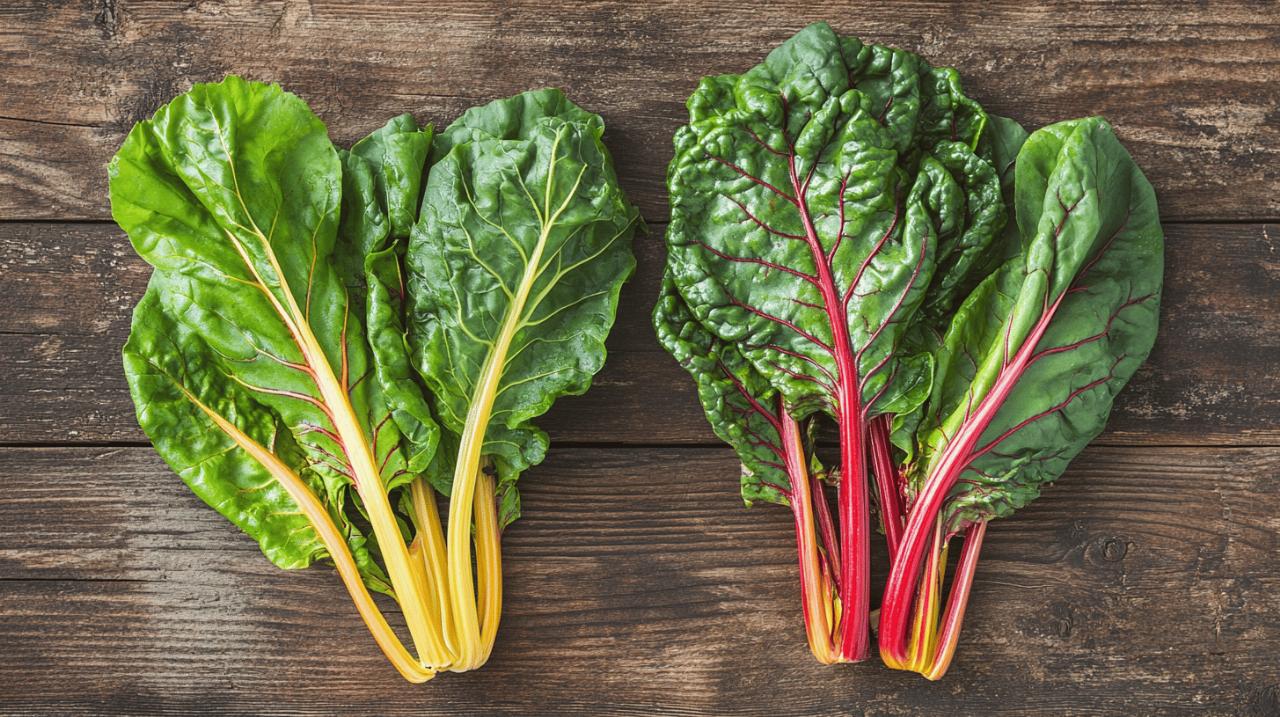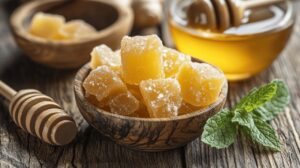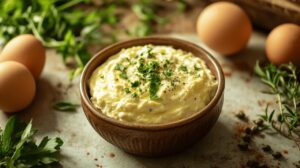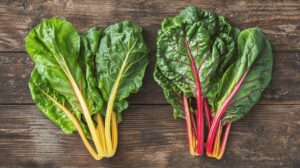The Truth About Calories in Cooked and Raw Swiss Chard: Maximising Antioxidant Benefits in Your Diet
Swiss chard is a remarkable leafy green that deserves a prime spot in your kitchen repertoire. With its vibrant stems and lush leaves, this Mediterranean native offers an impressive array of health benefits while keeping calorie counts surprisingly low. Whether you're munching it raw in a crisp salad or enjoying it wilted in a warming stew, Swiss chard delivers nutritional excellence with every bite.
Nutritional profile of raw swiss chard
Swiss chard stands as one of the most nutrient-dense vegetables available, belonging to the Amaranthaceae family alongside beets and spinach. This leafy green vegetable packs an extraordinary nutritional punch whilst requiring minimal calorie investment, making it an ideal choice for health-conscious eaters looking to maximise their nutrient intake.
Essential Vitamins and Minerals in Raw Chard
Raw Swiss chard is truly a nutritional powerhouse. A single 36-gram cup contains just 7 calories yet delivers an astonishing 498% of your daily vitamin K requirements, essential for proper blood clotting and bone health. This same modest serving provides approximately 24% of your daily vitamins A and C, supporting immune function, vision health, and collagen production. The mineral content is equally impressive, offering 14% of your daily copper and magnesium needs, and 11% of your manganese requirements. These minerals play crucial roles in everything from energy production to nervous system function.
Caloric Content and Dietary Fibre in Uncooked Chard
For those monitoring their calorie intake, raw Swiss chard is a brilliant option. With just 6.8 calories per cup (36 grams), it allows for generous portions without caloric concern. This serving provides 1.4 grams of carbohydrates and 0.6 grams of protein, making it a lightweight yet satisfying addition to meals. The 0.6 grams of fibre contribute to digestive health and help create a feeling of fullness. Beyond these macronutrients, raw chard contains an impressive array of antioxidants, including over 10,500 micrograms of carotenoids, nearly 600 milligrams of polyphenols, and 2.4 milligrams of betalains in a 72-gram serving. These compounds help combat oxidative stress and inflammation throughout the body.
How cooking affects swiss chard's nutritional value
The transformation that occurs when heat meets Swiss chard leaves impacts not just taste and texture, but also alters its nutritional composition in meaningful ways. Understanding these changes can help you make informed choices about how to prepare this versatile vegetable for maximum benefit.
Nutrient changes during boiling and steaming
Cooking Swiss chard significantly changes its volume and nutritional profile. Five cups of raw Swiss chard will reduce to approximately one cup after boiling, concentrating some nutrients while potentially diminishing others. This cooking process causes a substantial drop in the Nutrivore Score, from 6198 for raw chard to 3776 for boiled chard. The heat treatment can reduce water-soluble vitamins like vitamin C, yet the calorie content increases proportionally due to water loss. A one-cup serving (175 grams) of cooked Swiss chard contains approximately 35 calories, compared to the 14 calories found in two cups (72 grams) of raw chard. Protein content increases to 3.3 grams in the cooked version, while fibre rises to 3.7 grams, enhancing the satiating effect of this nutritious vegetable.
Enhanced mineral absorption in cooked chard
While some nutritional components may decrease with cooking, the bioavailability of certain minerals actually improves. The heating process helps break down oxalates, compounds naturally present in Swiss chard stems that can interfere with mineral absorption. This breakdown allows your body to more effectively absorb important minerals like calcium, iron, and magnesium from cooked chard. Cooking also softens the fibrous structure of the leaves and stems, making these nutrients more accessible to your digestive system. For those concerned about maximising their mineral intake, particularly for bone health, lightly steaming or sautéing Swiss chard might be preferable to consuming it raw.
Calorie comparison: raw vs cooked swiss chard
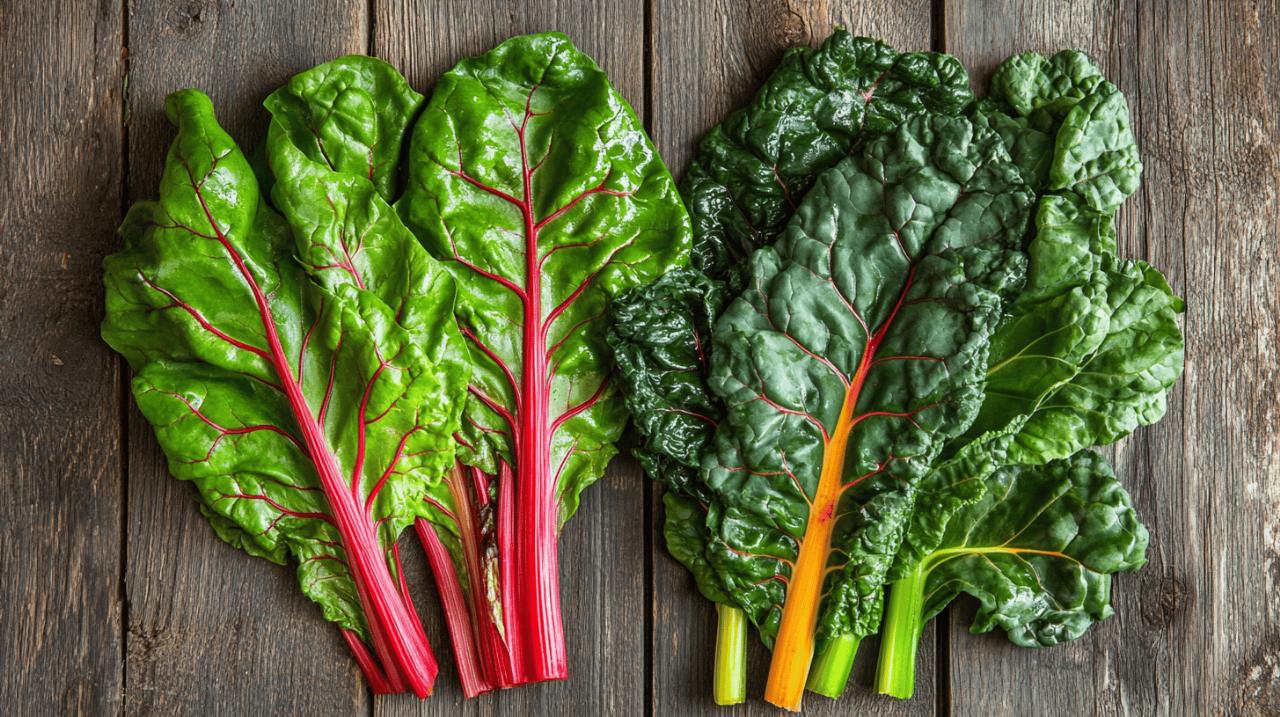 The caloric content of Swiss chard shifts notably between its raw and cooked states, creating different nutritional considerations for those incorporating this versatile vegetable into their meal plans. Understanding these differences can help you make dietary choices that align with your health goals.
The caloric content of Swiss chard shifts notably between its raw and cooked states, creating different nutritional considerations for those incorporating this versatile vegetable into their meal plans. Understanding these differences can help you make dietary choices that align with your health goals.
Understanding water loss and calorie concentration
The dramatic volume reduction that occurs when cooking Swiss chard leads to a corresponding concentration of calories. Raw Swiss chard contains approximately 19 calories per 100 grams, while the same weight of cooked chard offers slightly more due to water evaporation during the cooking process. To illustrate this concept, consider that two cups of raw Swiss chard (72 grams) provide about 14 calories, whereas one cup of cooked Swiss chard (175 grams) delivers around 35 calories. This increase isn't because cooking creates additional calories, but rather because the cooking process removes water, concentrating the existing caloric content into a smaller volume. This means you're likely to consume more chard by weight when eating it cooked, as the reduced volume makes it easier to eat larger portions.
Weight management benefits of both preparations
Both raw and cooked Swiss chard offer excellent options for those focused on weight management. The low calorie density of Swiss chard, particularly in its raw form, allows for generous portions that create satiety without excessive calorie intake. The fibre content, which increases to 3.7 grams per cup when cooked, promotes fullness and supports digestive health. Additionally, the high water content in raw chard helps with hydration and feeling satisfied. For those following calorie-controlled eating plans, both preparations can be valuable allies, with raw chard offering volume for fewer calories and cooked chard providing more concentrated nutrition and potentially greater satisfaction due to its enhanced flavour profile and softer texture.
Creative Ways to Incorporate Swiss Chard in Your Diet
Embracing Swiss chard in your culinary repertoire opens a world of nutritional benefits and flavour possibilities. This versatile leafy green can transform everyday meals into nutrient-rich culinary experiences through various preparation methods.
Delicious raw swiss chard recipes
Raw Swiss chard brings a fresh, slightly bitter flavour that adds complexity to many dishes. Create vibrant salads by thinly slicing younger, tender chard leaves and combining them with sweet elements like fresh berries or citrus segments to balance the natural bitterness. For breakfast, incorporate finely chopped raw chard into smoothies alongside fruits like bananas or mangoes to mask the strong flavour while preserving all the nutritional benefits. Raw chard also makes an excellent wrap alternative for lighter, low-carb options. Simply use the larger leaves to wrap hummus, grilled vegetables, or lean proteins for a nutrient-dense lunch option. For those who find raw chard too assertive, a quick massage with olive oil and lemon juice can help soften both the texture and flavour, making it more approachable while maintaining its raw nutritional profile.
Tasty cooked swiss chard dishes for maximum benefits
Cooking Swiss chard transforms its flavour profile, bringing out a pleasant sweetness that balances its earthiness. Try sautéing chard with garlic, olive oil, and a splash of balsamic vinegar for a simple side dish that pairs beautifully with grilled meats or fish. For heartier fare, incorporate wilted chard into pasta dishes, where it complements both cream-based and tomato sauces admirably. Swiss chard also shines in soups and stews, where the leaves can be added in the final minutes of cooking and the chopped stems earlier in the process to ensure proper texture. For breakfast, consider folding sautéed chard into omelettes or frittatas with a sprinkle of feta cheese for a Mediterranean-inspired start to your day. Remember that cooking significantly reduces volume, so what might seem like an overwhelming amount of raw chard will cook down to a more manageable portion, making it easier to consume more of this nutritional powerhouse.
